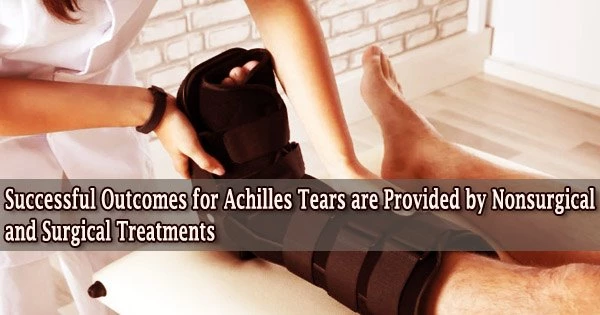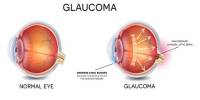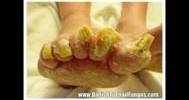Especially in recreational athletes, a recent literature review in the Journal of the American Academy of Orthopaedic Surgeons (JAAOS) indicated that Achilles tendon tears can be successfully treated with either minimally invasive surgery or nonsurgical bracing using a removable boot.
Platelet rich plasma (PRP), which involves injecting platelets enriched with plasma at the site of the lesion, was not thought to be an efficient treatment.
Approximately 30,000 Americans suffer from one of the most frequent injuries, the Achilles tendon tear (rupture), which is the biggest tendon in the body and connects the calf muscles to the heel bone. These victims are mainly recreational athletes between the ages of 30 and 49.
According to earlier research, nonsurgical casting after an Achilles tear increased the chance of re-injury, as well as sores and infections.
Today’s nonsurgical treatment options include functional rehabilitation, which makes use of an adjustable, removable boot that permits movement and exercise and lowers the risk of infection and re-rupture compared to immobilization with a hard cast.
For high-performance athletes or individuals with physically demanding jobs, surgical repair of an Achilles tendon injury may still be the best option. This procedure has improved to reduce the risk of complications and infection.
The treatment of acute Achilles tendon ruptures has evolved over the last decade demonstrating improved outcomes with functional rehabilitation compared to prolonged cast immobilization. Given the high demands of the athlete, minimally invasive surgical treatment should be considered over non-operative management as it minimizes the soft tissue complications while maximizing the power and strength of the patient.
Anish Kadakia
Among the research findings highlighted in the review:
- Functional rehabilitation had lower re-injury rates than had been previously reported, and current research indicated no difference between functional rehabilitation and minimally invasive surgical repair in terms of re-rupture rates (a small incision with minimal disruption of the surrounding soft tissue).
- Patients undertaking functional rehabilitation had no appreciable long-term differences in ankle range of motion, strength, calf circumference, or functional outcome scores from those receiving surgical treatment.
- When compared to eight weeks of casting, functional rehabilitation allowed for a quicker return to mobility and employment.
- Up to 19 days sooner than nonsurgical treatment, surgical treatment (full, open, or minimally invasive) was related with return to work; however, specific criteria for returning to work were not stated in the research parameters and presumably differed among the studies.
- High-performance athletes may benefit from the fact that patients who underwent surgery had a minor but statistically significant increase in plantar flexion strength at one and two years following surgical repair.
“The treatment of acute Achilles tendon ruptures has evolved over the last decade demonstrating improved outcomes with functional rehabilitation compared to prolonged cast immobilization,” said Anish Kadakia, MD, associate professor of orthopaedic surgery at Northwestern University-Feinberg School of Medicine, and lead author of the article.
“Given the high demands of the athlete, minimally invasive surgical treatment should be considered over non-operative management as it minimizes the soft tissue complications while maximizing the power and strength of the patient.”
The use of platelet-rich plasma injections for Achilles tendon tears has not been supported by research, and investigations to date have not discovered any improvement in functional outcomes. However, in animal trials, the use of stem cells produced from bone marrow has yielded encouraging outcomes.
















